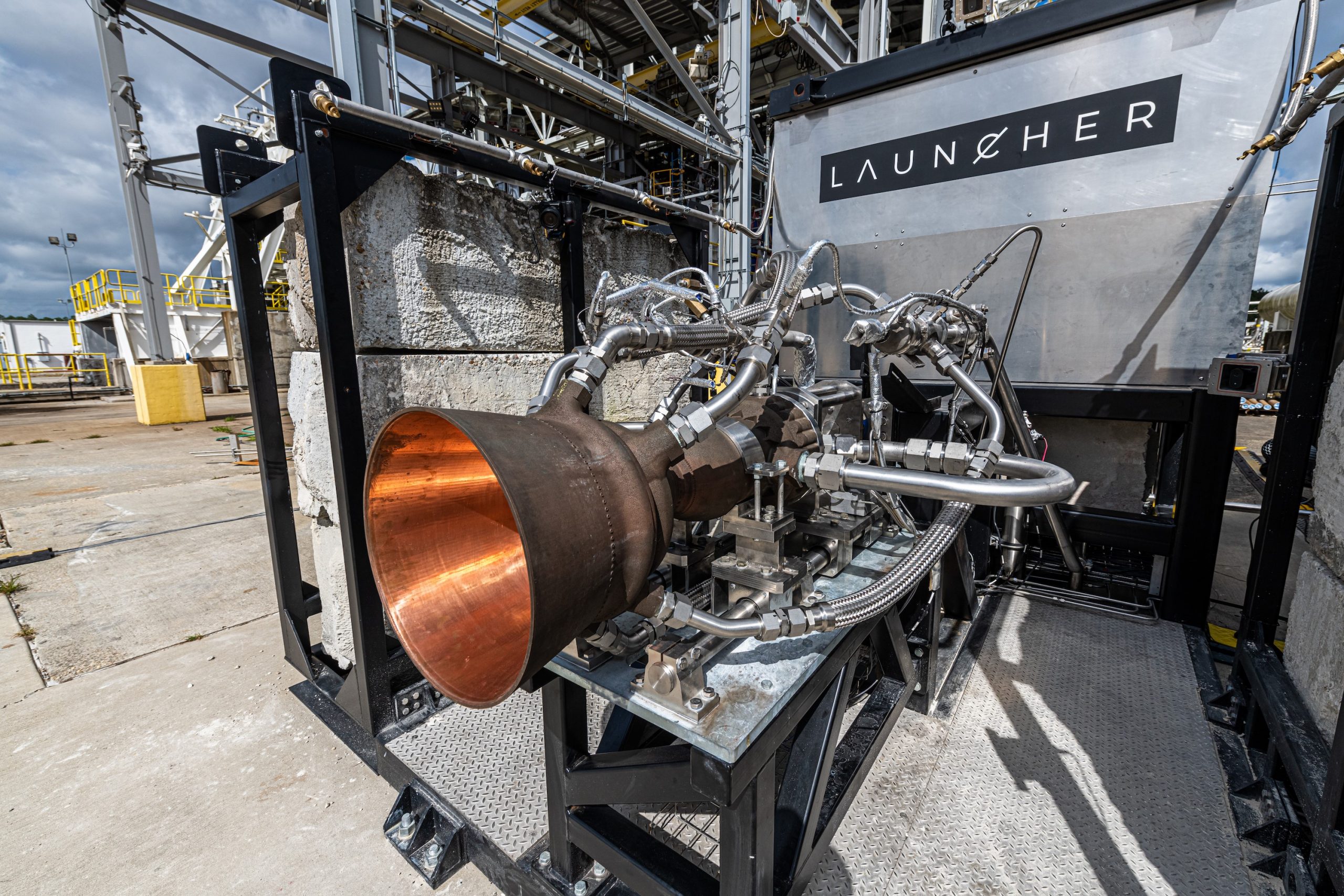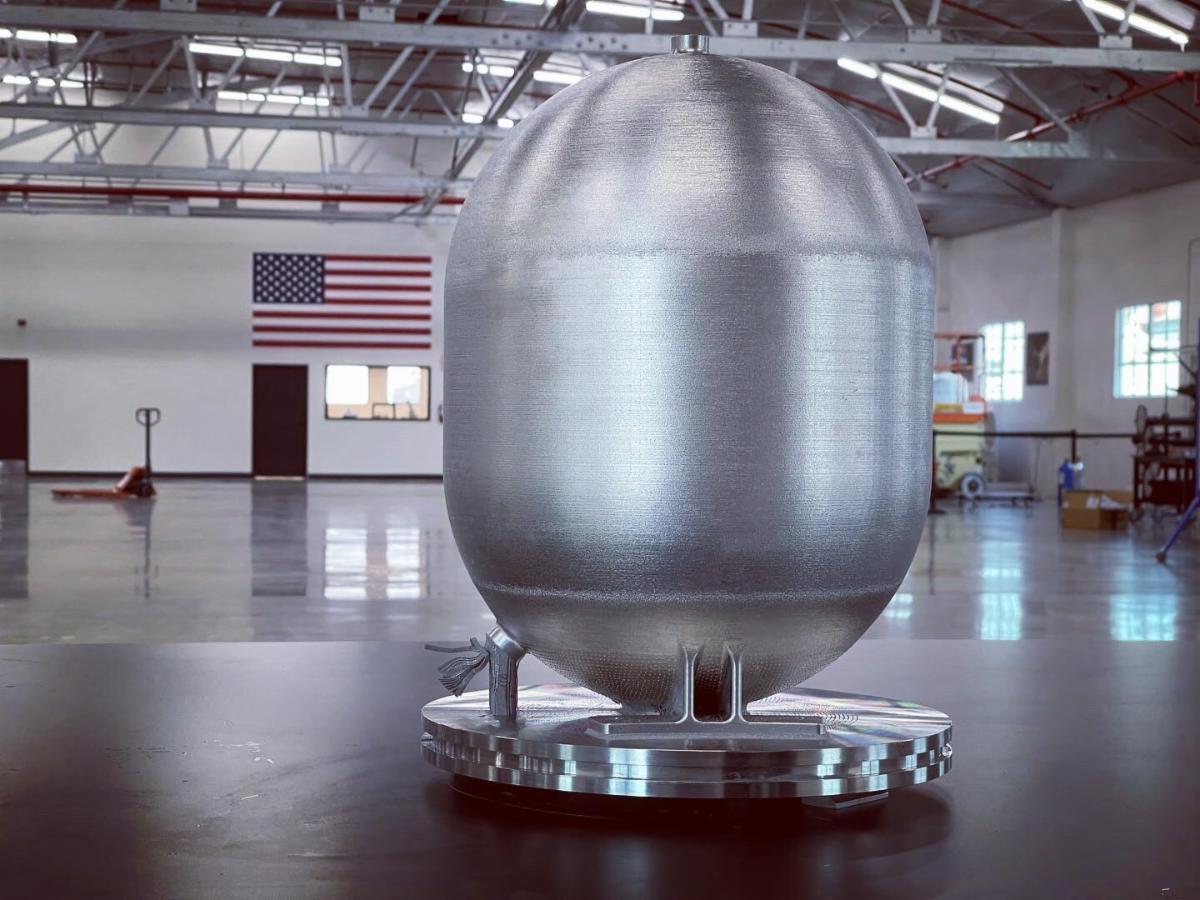- Thread starter
- #21
100KV @ 200µa Fixed Output DC "Positive Only, No Negative"How much voltage potential are you applying to a 16ga wire in order to make it move?
Follow along with the video below to see how to install our site as a web app on your home screen.
Note: This feature may not be available in some browsers.
100KV @ 200µa Fixed Output DC "Positive Only, No Negative"How much voltage potential are you applying to a 16ga wire in order to make it move?
Glad you asked. This will only work with high voltage and an emitter to get rid of the charge so the current can flow with just one positive connection and no negative. This test was at 100,000 volts and very low amperage. The positive only propulsion wire pulls in one direction as power is being created on one end and on the other end where the emitter is attached to the craft it is released so the wire tries to straiten in one direction "forward" the end connected to the emitter pulls the emitter and craft forward also.Then how can current flow through an open circuit?
Thanks but I still don't see how you can have any power through an open circuit.Glad you asked. This will only work with high voltage and an emitter to get rid of the charge so the current can flow with just one positive connection and no negative. This test was at 100,000 volts and very low amperage. The positive only propulsion wire pulls in one direction as power is being created on one end and on the other end where the emitter is attached to the craft it is released so the wire tries to straiten in one direction "forward" the end connected to the emitter pulls the emitter and craft forward also.
I also read a comment saying this would flip over with one propulsion wire. That is true but in an actual space craft you would have at least 4 propulsion wires separated by 90 degrees. This would also make it to where by applying different voltages to each propulsion wire you could control pitch and yaw of the craft.
Not after AOC gets rid of all the cows.I'm disappointed. I was expecting a new form of space propulsion based on farts.
Don't laugh. It could happen.
You can as since it only works with high voltage "high voltage=push so to speak" at that high voltage there is enough push to let the positive only current flow out of the open end of the emitter. I have tried this with a high voltage power supply set up for positive and negative. For the negative power supply test I used only the negative wire and no positive with the same results.Thanks but I still don't see how you can have any power through an open circuit.
She is a cow? She is the victim of species misidentification. Is that misspeciesering? I always believed she was a horse!She's the head cow!
Ok you win!She is a cow? She is the victim of species misidentification. Is that misspeciesering? I always believed she was a horse!View attachment 623909
View attachment 623910
No need. Forget the wires. Just test it horizontally on a level surface. Add wheels if you want. Or use it to propel a boat. It may be rocket science, but it's not like rockets have never been tested before.There is movement in vacuum when pulsed with power. Thinner material emitter and wire also. You are correct no way to conduct a zero G test short of putting it on a cubesat launch.
Only issue testing this way is that wheels can act as something to push against. In space there is nothing to push against. Force of wire could push against friction between wheels and ground. A boat in water would be the same issue. We all know rockets work but with my method being new about the only other way to truly test would be a CubeSat test and I do not have the funding for something like that.No need. Forget the wires. Just test it horizontally on a level surface. Add wheels if you want. Or use it to propel a boat. It may be rocket science, but it's not like rockets have never been tested before.
Not really. Relatively weightless, frictionless wheels and bearings can easily be selected if necessary. Go ahead and use a boat on a calm day. Zero starting friction. Even if it goes backwards it still demonstrates thrust. Put your bathtub under vacuum to eliminate any possibility of air interference. With wheels, just drag a weight behind and keep adding weights until it almost stops moving. Then perhaps read your dynamic thrust directly from a string scale tied midway between the two. Read static thrust with it tied to a wall.Only issue testing this way is that wheels can act as something to push against. In space there is nothing to push against. Force of wire could push against friction between wheels and ground. A boat in water would be the same issue. We all know rockets work but with my method being new about the only other way to truly test would be a CubeSat test and I do not have the funding for something like that.
Try sending them to someone like Elon Musk.I wanted to add one piece of information concerning these videos.
Over 1 year ago I posted these test videos on Nasa Spaceflight Forum under future propulsion methods category.
They were always deleted almost immediately.
I emailed the forum admins asking for the reason for this and they would never reply.
All rules were followed but they would delete almost immediately.
This is why I am posting these videos in forums other than NASA site.
I have invented a method of constant acceleration space travel using only electricity and it obeys all the laws of physics. I have multiple test of my propulsion system including those conducted in a vacuum chamber and also in different vectors to eliminate the Earth's magnetic field as the cause. It is just a single power wire leg "positive power only no negative" with an emitter on the end to allow charges to flow through the wire since using positive power lead only. When the power is applied since the wire is bent the the wire tries to straighten itself out and produces force in one direction. The power wire itself is what is creating the propulsion as it is connected to the craft. I also have test videos that eliminate this being a product of ion wind and why it works in a vacuum. Please feel free to reproduce my work and if you have any questions please let me know. Here is the link to the main test video and you can check out the vacuum chamber videos as well as many others on my main channel. Link: youtube.com/watch?v=O935p24XBJk



